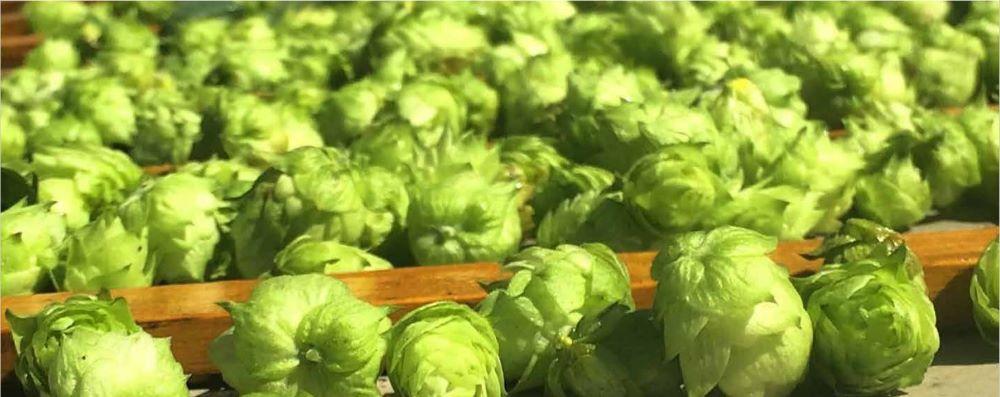
There is an opportunity to diversify local agriculture given the large number of Vermont entrepreneurs producing, and consumers purchasing, agricultural products from Vermont. The number of breweries in Vermont has steadily increased to 68 and Vermont ranks first in the United States for breweries per capita (see Beer brief). Vermont breweries utilize more than 300,000 pounds of hops per year, yet Vermont growers produced less than 20,000 pounds of hops in 2019. This could represent a significant opportunity for Vermont hop growers. Hops production in Vermont represents a virtually untapped market to diversify Vermont farms.
In 1860, the peak of state hops farming, Vermont produced over 640,000 pounds of hop cones. By 1910, hop diseases, movement of production to drier climates, and Prohibition led to extinction of hops from Vermont’s agricultural landscape. The short growing seasons, moist climate, and pest and disease pressure still make it challenging to grow hops in Vermont compared to more favorable growing conditions in other regions of the world. Adding this to the incredibly high capital investments needed to grow on a commercial scale means hops grown in Vermont can be three times more expensive than hops grown in larger, more well-established hops regions, such as the Pacific Northwest. This results in additional challenges for Vermont farmers to maintain a competitive edge against lower pricing from dominant, large-scale hop-producing regions. Despite these challenges, hops are making a comeback due to recent innovations in hop production, local food movement interests, and applied research.
When craft breweries were first gaining a foothold in Vermont, there was essentially no local hops production, so brewers’ business models were built on importing hops. The relatively higher volume and lower cost of these imported raw materials has made it difficult to incorporate the newly available locally grown hops into the brewers’ production.
Additional success in breeding programs for hops across the globe has also led to highly desirable proprietary hop varieties with unique characteristics and flavor profiles offered to brewers, which can make it additionally difficult for our regional growers to compete. However, many newer breweries are building their business models to account for higher input costs, and are determined to source ingredients locally.

